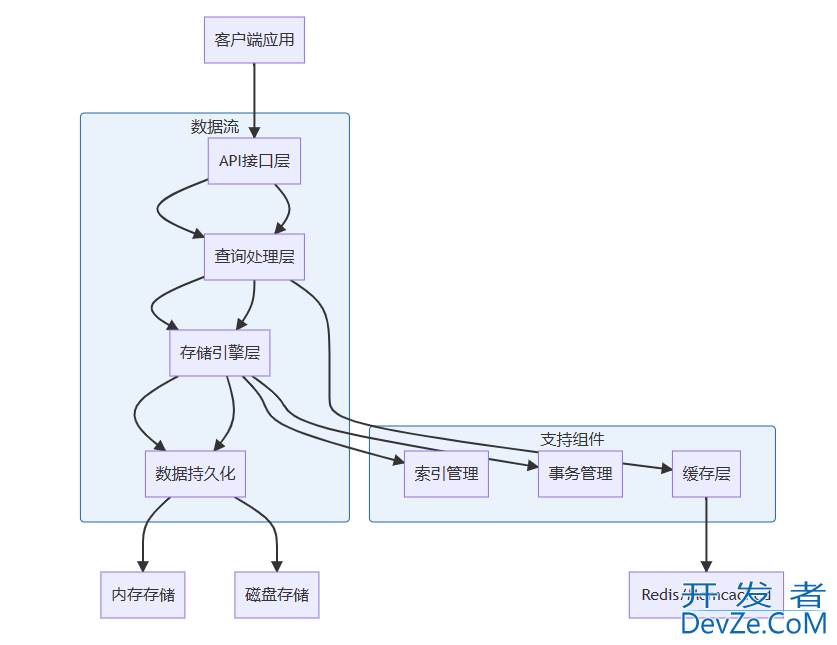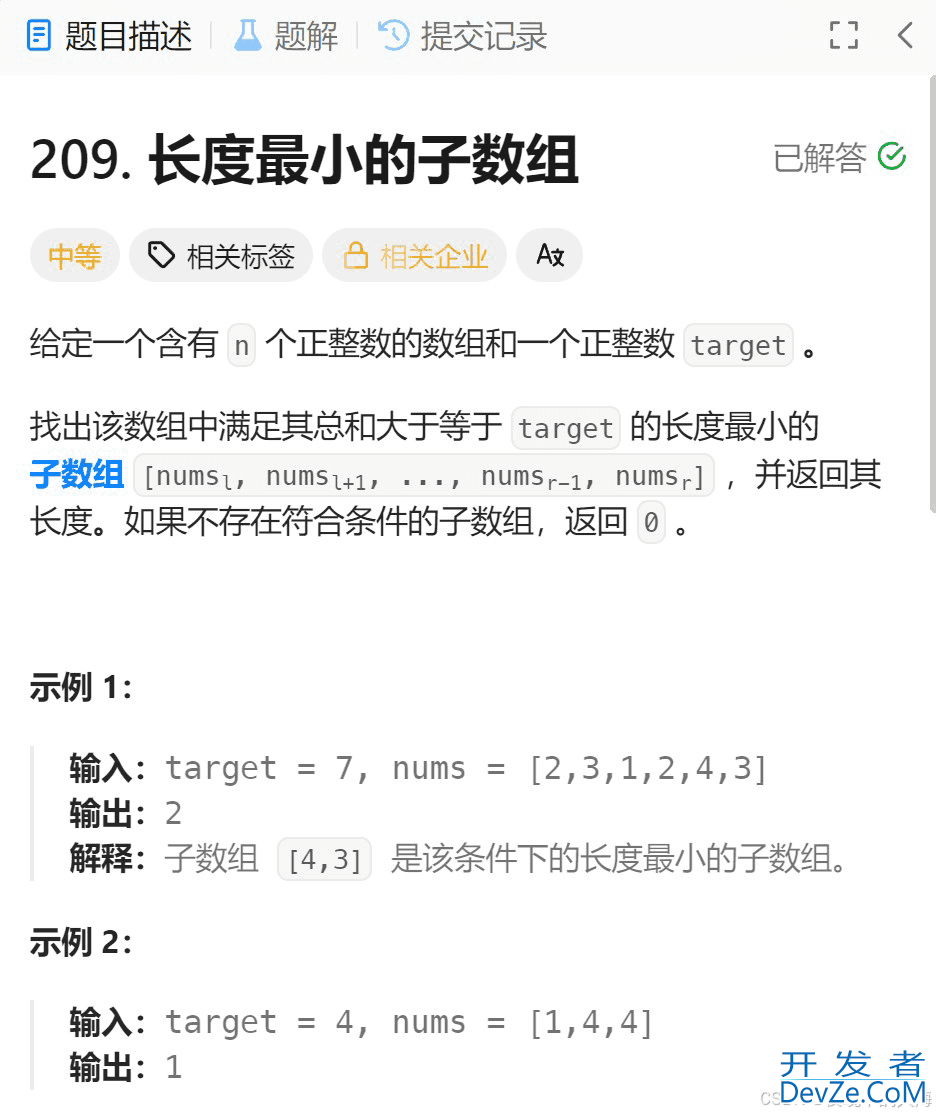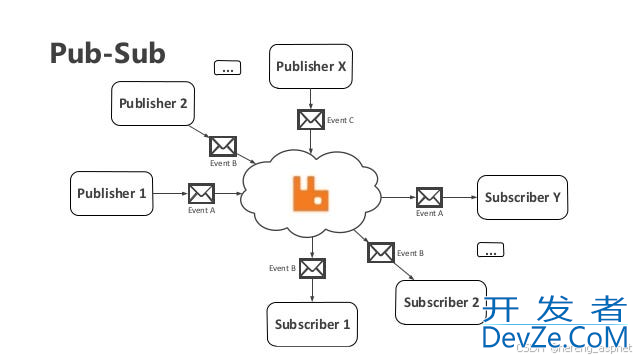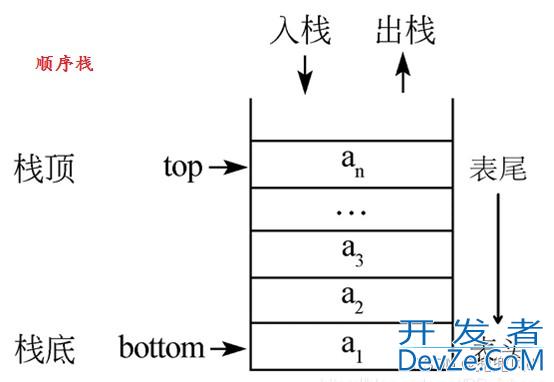结论:启动线程,如果对target进行赋值,并且没有重写run方法,则线程start的时候会直接调用target中对应的方法
具体代码如下:
1、初始化一个线程threading.Thread.__init__(self,target=thread_run())
def __init__(self, group=None, target=None, name=None,
args=(), kwargs=None, *, daemon=None):
assert group is None, "group argument must be None for now"
if kwargs is None:
kwargs = {}
self._target = target
self._name = str(name or _newname())
self._args = args
self._kwargs = kwargs
2、调用start启动线程
最终调用_start_new_thread方法,self._bootstrap作为传参thread1.start()
def start(self):
if not self._initialized:
raise RuntimeError("thread.__init__() not called")
if self._started.is_set():
raise RuntimeError("threads can only be started onhttp://www.cppcns.comce")
with _active_limbo_lock:
_limbo[self] = self
try:
_start_new_thread(swww.cppcns.comelf._bootstrap, ())
except Exception:
with _active_limbo_lock:
del _limbo[self]
raise
self._started.wait()
3、_start_new_thread等同于启动一个新线程,并在新线程中调用回调函数
_start_new_thread = _thread.start_new_thread def start_new_thread(function: Callable[..., Any], args: tuple[Any, ...], kwargs: dict[str, Any] = ...) -> int: ...
4、执行的回调函数就是上文传入的self._bootstrap, _bootstrap方法直接调用_bootstrap_inner(),而bootstrap_inner则调用run方法
def _bootstrap_inner(self):
try:
self._set_ident()
self._set_tstate_lock()
if _HAVE_THREAD_NATIVE_ID:
self._set_native_id()
self._started.set()
with _active_limbo_lock:
_active[self._ident] = s编程客栈elf
del _limbo[self]
if _trace_hook:
_sys.settra编程客栈ce(_trace_hook)
if _profile_hook:
_sys.setprofile(_profile_hook)
try:
self.run()
5、最终调用run方法
def run(self):
try:
if self._target:
self._target(*self._args, **self._kwargs)
finally:
# Avoid a refcycle if the thread is running a function with
# an argument that has a member that points to the thread.
del self._target, self._args, self._kwargs
结论:
如果run方法被重写,则直接调用重写的run方法如果run方法没有被重写,并且target被定义,则会直接调用线程创建时候的target方法,否则什么也不做此处遇到一问题:
指定target参数,在执行过程中,打印的进程名mainthread(主进程),而不是之前所赋的进程名threading.Thread.init(self,target=thread_run())分析后发现赋http://www.cppcns.com予target的是执行的函数体,因此会先执行thread_run函数,执行结束后,将thread_run的返回值赋给了target,因为thread_run没有返回值,因此target的值是None,如果此时没有重写run函数,那么线程什么都不会做。 thread_run的执行是在主线程,而不是我们所认为的在子线程中执行thread_rundef thread_run():
print ("overwrite: 开始线程:" + threading.current_thread().name)
time.sleep(2)
print ("overwrite: 退出线程:" + threading.current_thread().name)
class myThread (threading.Thread):
def __init__(self, threadID, name, delay):
threading.Thread.__init__(self,target=thread_run())
self.threadID = threadID
self.name = name
self.delay = delay
thread1.start()
thread1.join()
print ("退出主线程")
运行结果:
overwrite: 开始线程:MainThread
overwrite: 退出线程:MainThread退出主线程
到此这篇关于python中start和run方法的区别的文章就介绍到这了,更多相关python start和run方法内容请搜索我们以前的文章或继续浏览下面的相关文章希望大家以后多多支持我们!








 加载中,请稍侯......
加载中,请稍侯......
精彩评论